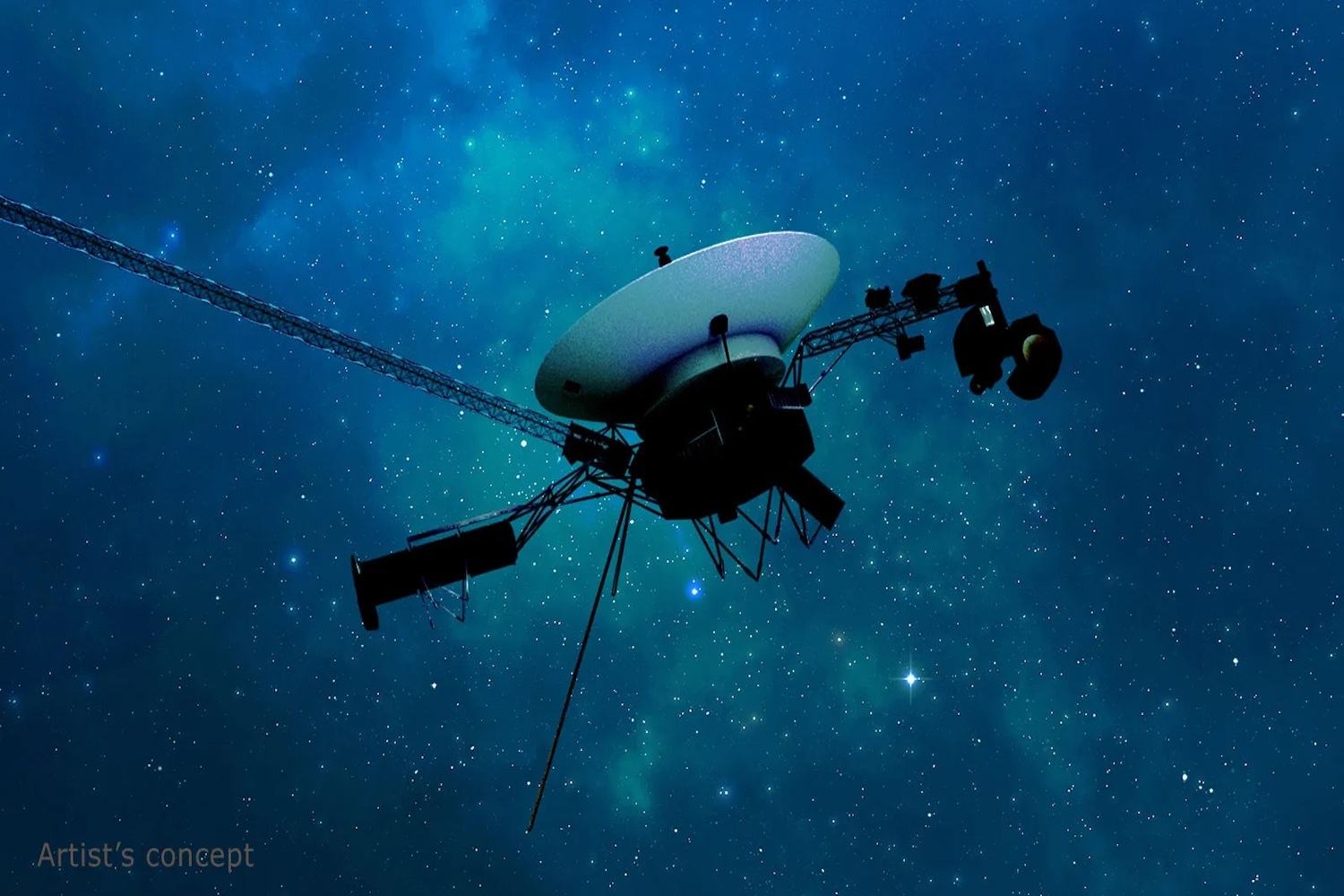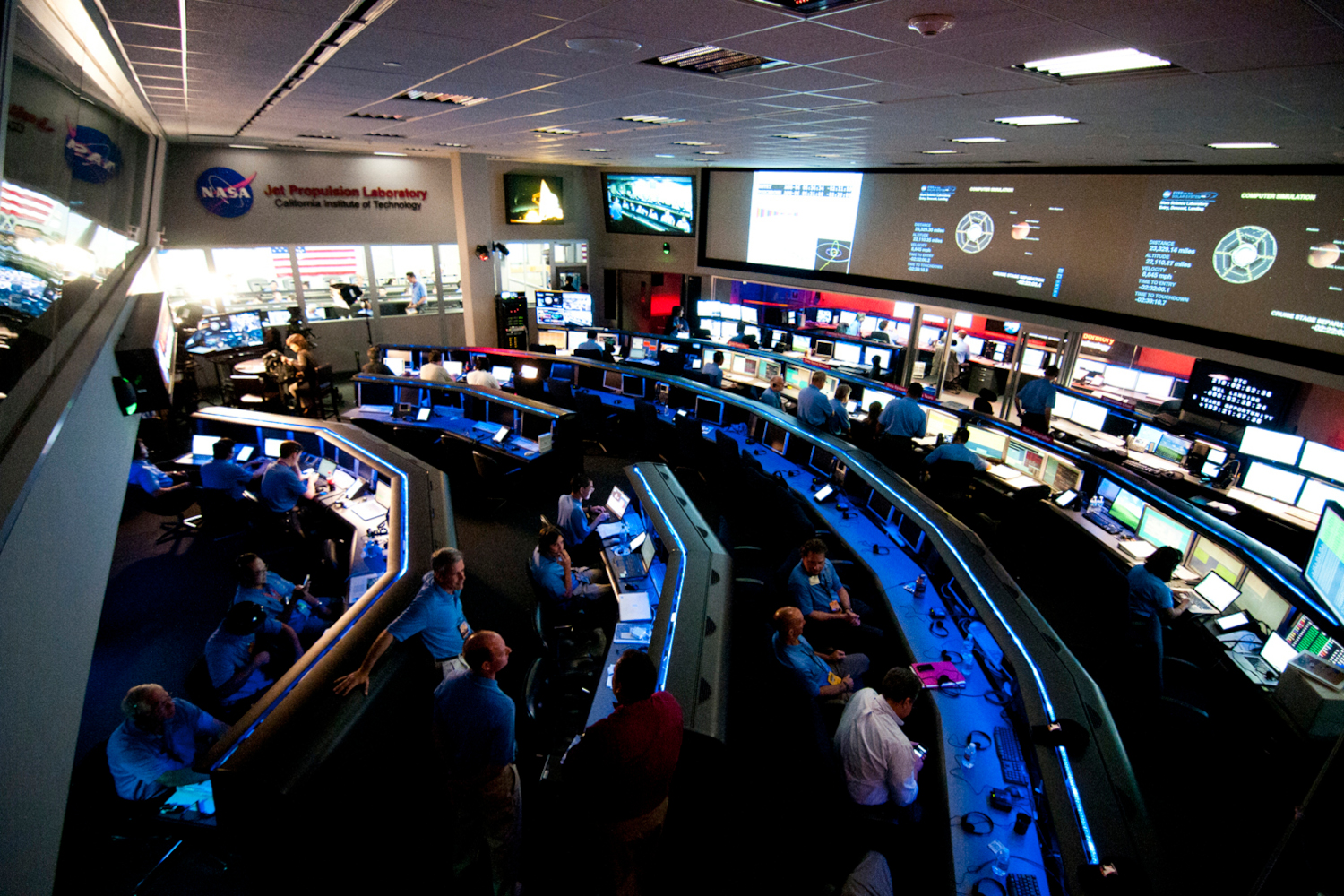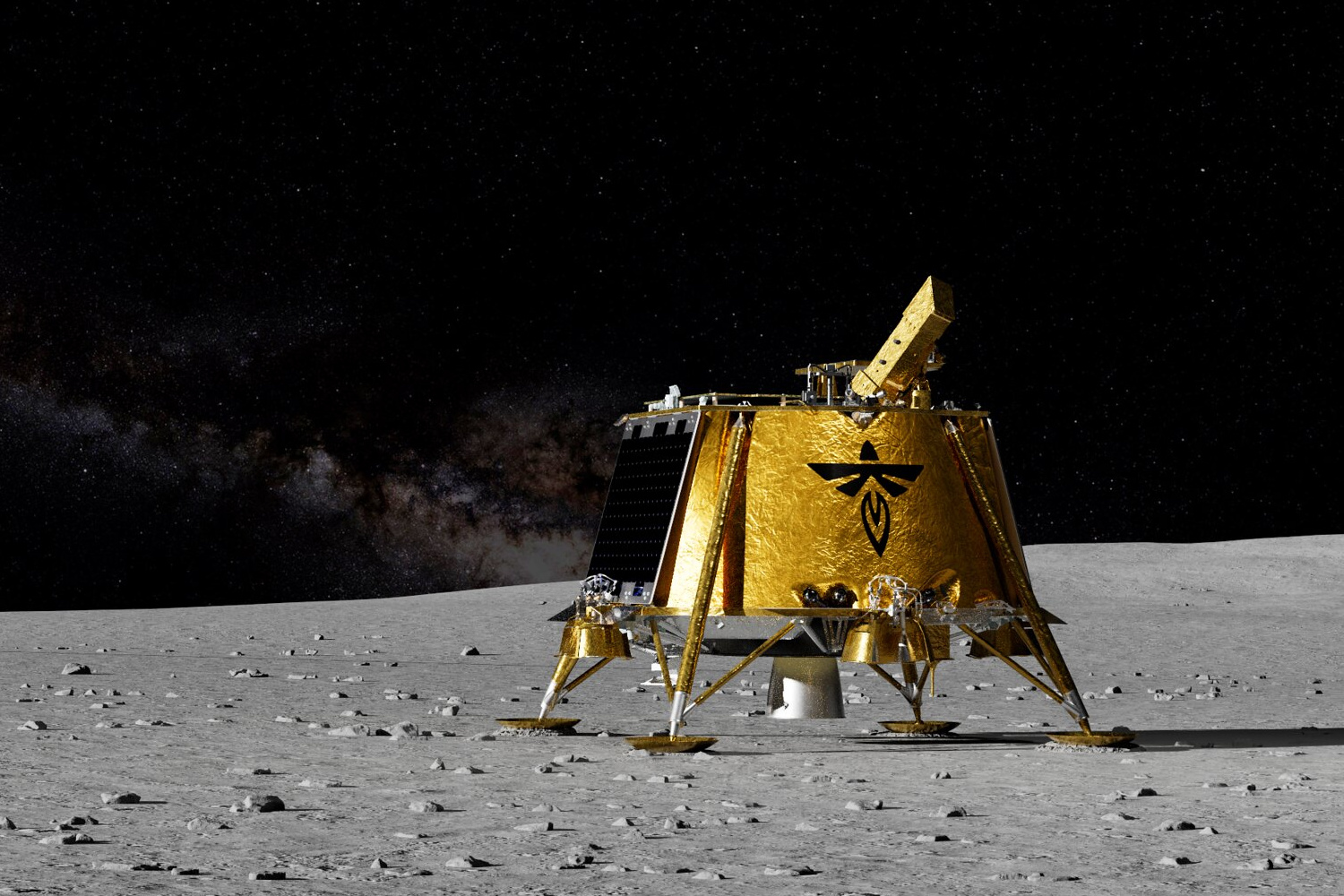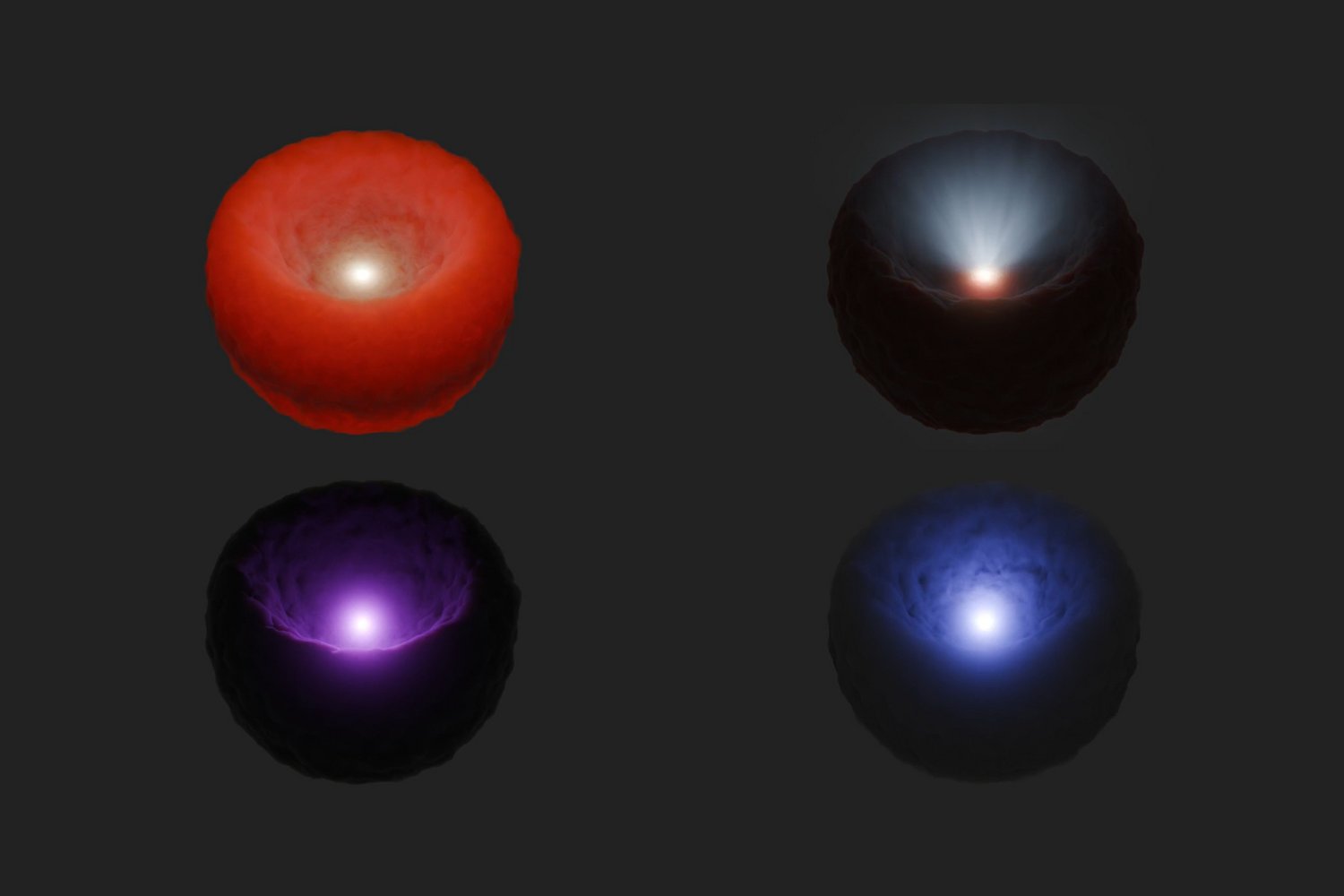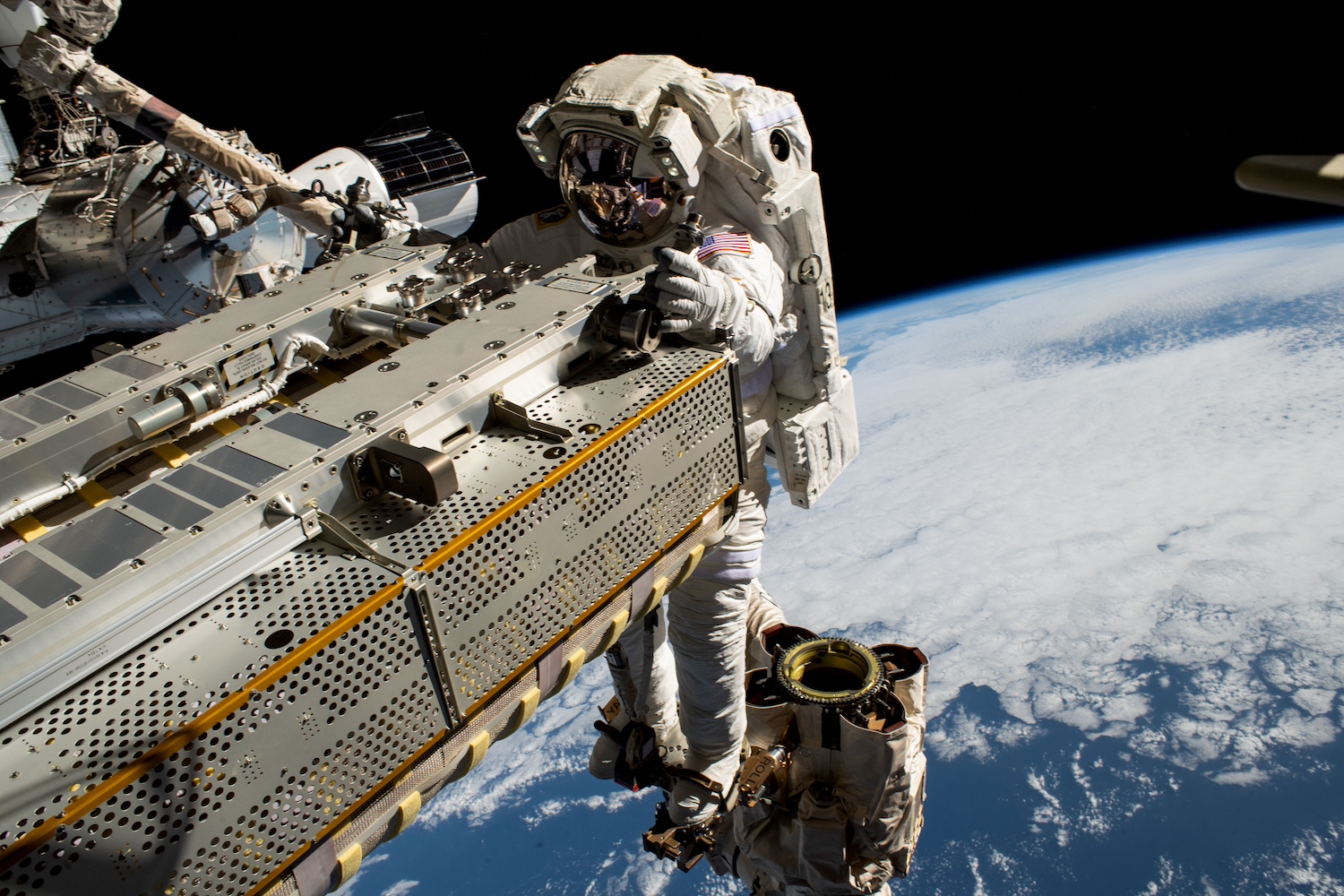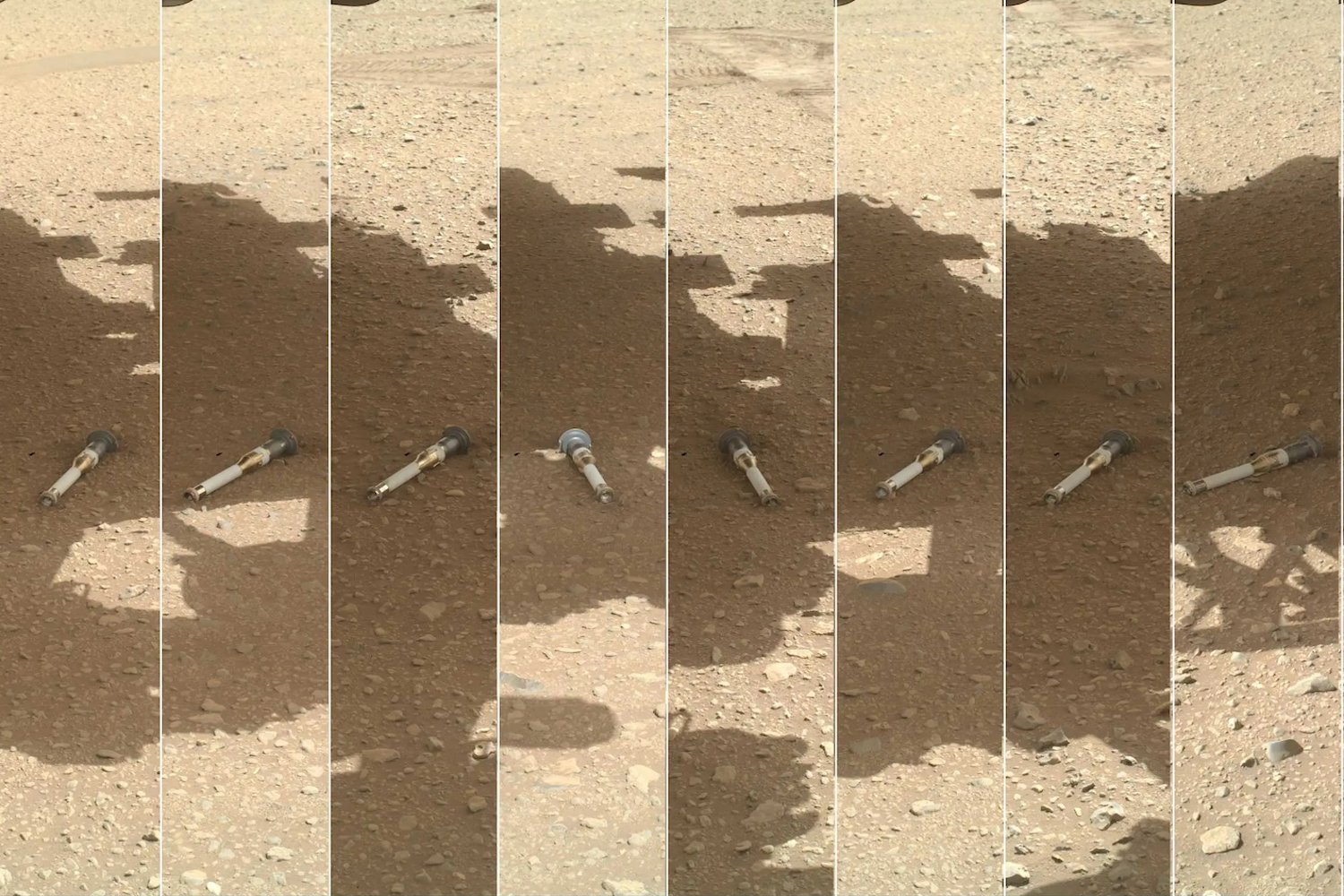After some quiet time, the Voyager 1 spacecraft is back in action. NASA’s iconic mission has resumed its regular operations following a month-long pause in communication.
In late October, Voyager 1 suddenly turned off one of its radio transmitters, forcing the mission team to rely on a backup unit—a weaker transmitter that hadn’t been used since 1981. Earlier this month, however, the mission team managed to turn on the spacecraft’s primary radio transmitter, called an X-band transmitter, and resumed collecting precious data from Voyager’s four operating science instruments, NASA announced on Tuesday.
The mission, launched in 1977, became the first spacecraft to cross the boundary of the solar system by venturing into interstellar space. Voyager 1 is currently 15 billion miles (24 billion kilometers) away from Earth, and its upkeep is becoming more challenging.
Earlier in October, the flight team behind the mission realized something was amiss with Voyager 1’s communication when the spacecraft failed to respond to a command. It turned out that spacecraft’s fault protection system shut off the X-band transmitter, which autonomously responds to onboard issues affecting the mission, after engineers activated one of Voyager’s heaters.
The fault protection system sensed that the probe was running low on power, and in turn looked to turn off an unessential system. Unfortunately, the interstellar probe had already turned off all nonessential systems throughout its mission, except for its four science instruments. Left with no other choice, the fault protection system turned off the spacecraft’s X-band transmitter, and turned on the weaker S-band transmitter instead, which uses less power.
Seeing as how communication with the spacecraft is essential, the mission team worked to turn its X-band transmitter back on, and is currently carrying out a few remaining tasks to get Voyager 1 back to its regular state, like resetting the system that synchronizes its three onboard computers.
Both Voyager probes are running low on power, having traveled through the cosmos for 47 years. The spacecraft are powered by heat from decaying plutonium, which is converted into electricity. Each year, the aging spacecraft lose about 4 watts of power. In an effort to conserve the spacecraft’s power, the mission team has turned off any systems that are not necessary to keep the probes flying through space.
The team of engineers behind the mission have had to come up with creative ways to keep Voyager 1 going. The team recently switched to a different set of thrusters than the one the spacecraft had been relying on, which became clogged with silicon dioxide over the years, using a delicate procedure to preserve Voyager 1’s power. Earlier this year, the team of engineers also fixed a communication glitch that had been causing Voyager 1 to transmit gibberish to ground control.
Voyager 1 is a spaceflight favorite, feeding scientists with precious data about the solar system and beyond for decades. On its way to interstellar space, the probe had close encounters with Jupiter and Saturn and discovered two Jovian moons, Thebe and Metis, as well as five new moons and a new ring called the G-ring around Saturn.
The harsh space environment has taken its toll on the senior probe, and its distance from Earth makes it harder to fix Voyager’s glitches.
